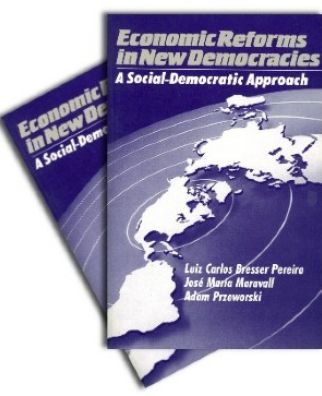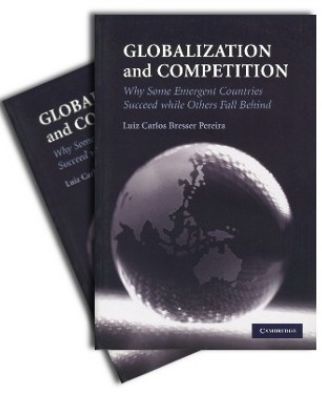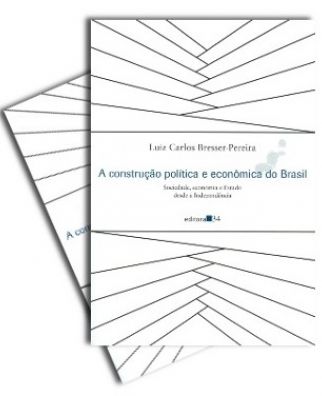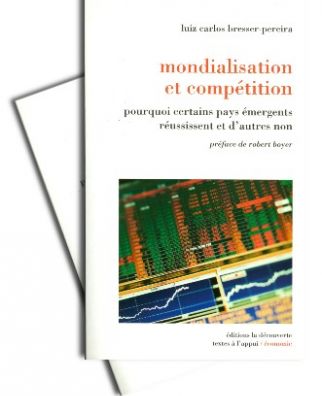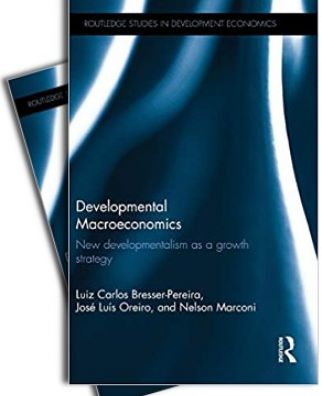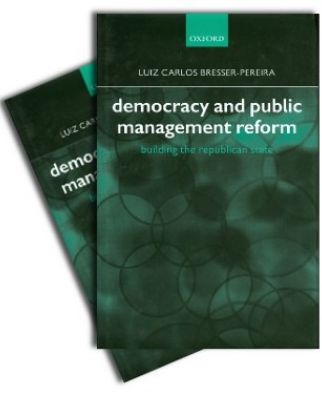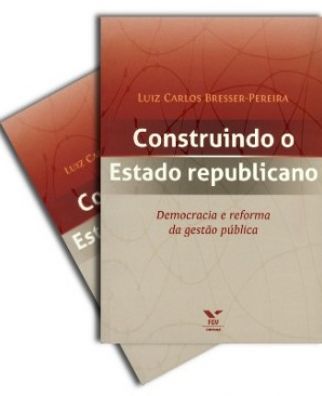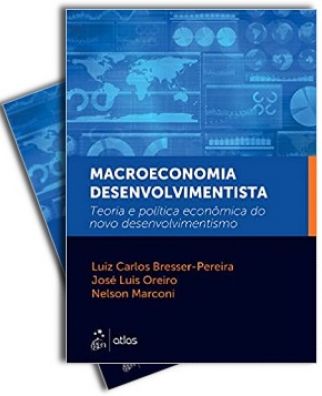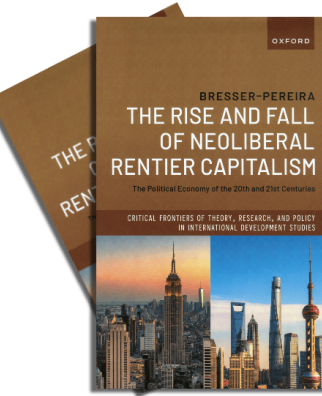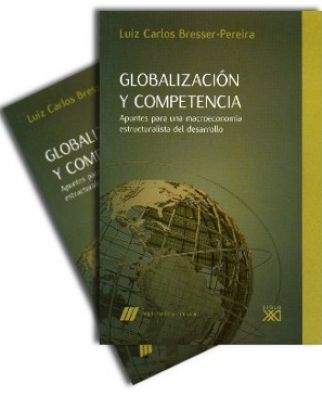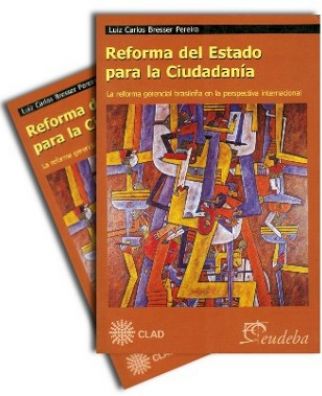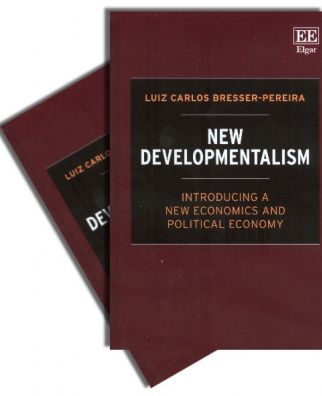OTHER TYPES OF WORKS
ACADEMIC PAPERS
2020 - In the 2000s, New Developmentalism is a second moment of the Latin American Structuralism, which faced crisis since the 1970s. Actualised conference given when I received the title of Doctor Honoris Cause by the University of Buenos Aires, 18 October 2011.
2020. With Luiz Fernando de Paula and Miguel Bruno. Portuguese version available
José Luis Oreiro (2015) Pela originalidade e abrangência da obra, A Construção Política do Brasil é leitura obrigatória para a disciplina de economia brasileira nos cursos de economia no Brasil.
2020. New Developmentalism is a theoretical framework being defined since the early 2000s. It is a political economy and a development macroeconomics that originates from Development Economics and Post-Keynesian Macroeconomics. (Paper in Challenge,)
2020. A retention or tax on the export of commodities will neutralize the Dutch disease and assure to the manufacturing industry equal conditions in the competion with other countries. The tax will not represent a buden to the exporters, because they receive back their money on the form of depreciation of the real. (Paper: Journal of Post Keynesian Economics)
2020 (Paper BJPE)
2020. Latin America was not caught in the 'middle-income trap" but into the "1980s' liberalization trap", while East Asia overcome its middle-income condition and are today rich countries, or, in the case of China, heading to become so. (Paper BJPE)
2011. The final version of this paper is Democracy and capitalist revolution,but I decided to conserve this earlier version. (Working Paper EESP/FGV 149, month???)
2020-Carlos Medeiros' critique to the new-developmental theory and Bresser-Pereira's response in the same issue of ROKE.
Capítulo do Livro que está sendo escrito, Rentiers' Capitalism. March 2020.
Capítulo de livro que está sendo escrito, Rentiers' Capitalism. Março 2020.
This paper searches to summarize this historical process in Europe, the rise of the city-states, the absolute monarchies, and eventually the formation of the nation-state and the industrial revolution. (Paper)
2020. Com Eliane Cristina de Araújo e Samuel Costa Peres. This paper offers an alternative explanation to the slow-down observed in the growth of developing countries.
2019. This is the best summary of the economics and political economy of New Developmentalism. (Cambridge Journal of Economics)
2019. All industrial revolutions happened in the framework of a developmental state. We can distinguish in history four basic models of developmental state.
2019. Latin America was not caught in the 'middle-income trap" but into the "1980s' liberalization trap", while East Asia overcome its middle-income condition and are today rich countries, or, in the case of China, heading to become so. (Paper: Challenge)
2019. All industrial revolutions happened in the framework of a developmental state. We can distinguish in history four basic models of developmental state. English version available. (Papers)
2019. All industrial revolutions happened in the framework of a developmental state. We can distinguish in history four basic models of developmental state. Spanish version available(Papers)
2019. Com Luiz Fernando de Paula e Miguel Bruno. English version available.


